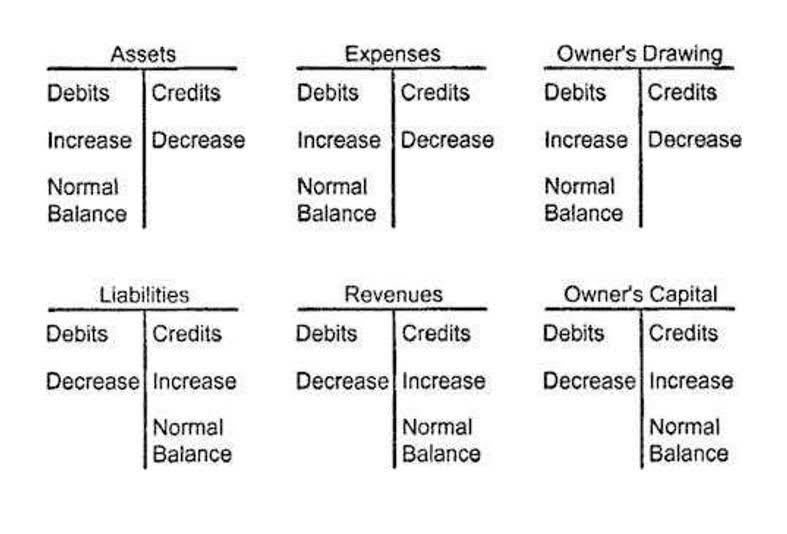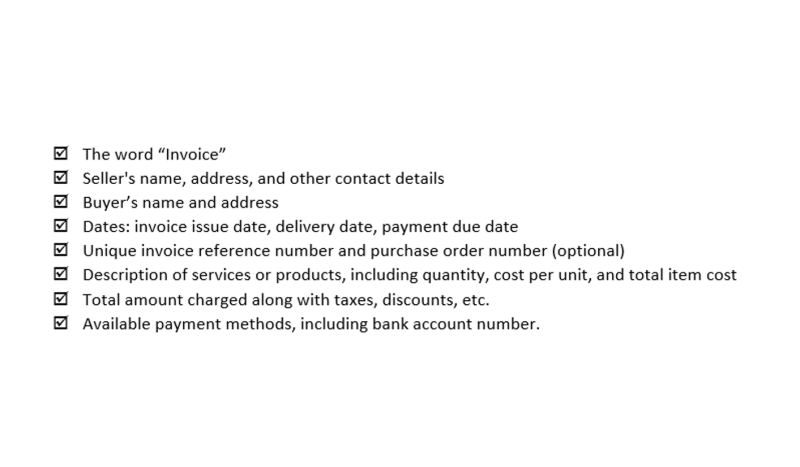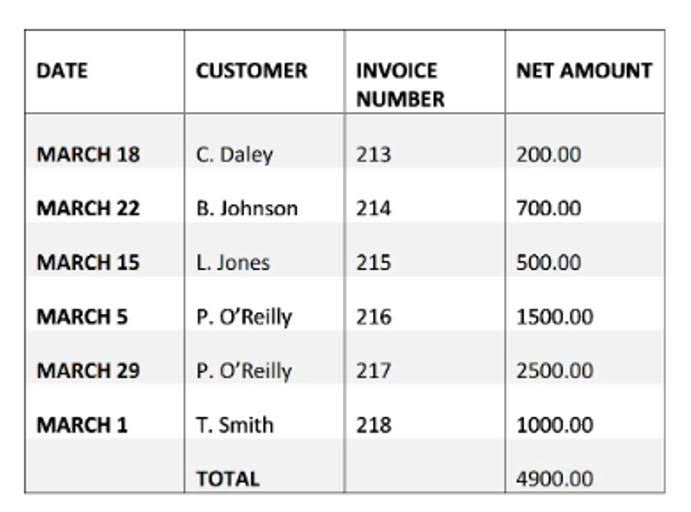
Period costs are not tied to a product or the cost of inventory like product costs are. Period costs are also listed as an expense in the accounting period in which they occur. Some examples of what a product costs include, direct labor, raw materials, manufacturing supplies, and overhead that is directly tied to the production facility, such as electricity.
The Importance of Period Costs
Period costs are the costs incurred by a company to produce goods or render services that cannot be capitalized into prepaid expenses, inventory, or fixed assets. Firms account for some labor costs (for example, wages of materials handlers, custodial workers, and supervisors) as indirect labor because the expense of tracing these costs to products would be too great. Indirect labor consists of the cost of labor that cannot, or will not for practical reasons, be traced to the products being manufactured. Such materials, called indirect materials or Accounting for Technology Companies supplies, are included in manufacturing overhead. Indirect materials are materials used in the manufacture of a product that cannot, or will not for practical reasons, be traced directly to the product being manufactured.
What’s the difference between a period cost and a product cost?
Since the expense covers a two year period, it should be recognized over both years. Direct materials are those materials used only in making the product and there is a clear, easily traceable connection between the material and the product. For example, iron ore is a direct material to a steel company because the iron ore is clearly traceable to the finished product, steel.

Advertising and Promotion Expenses
- Now that we have taken a bird’s eye view of the matching principal, let’s look into the meanings of and difference between product costs and period costs.
- These costs include the compensation paid to employees who perform administrative tasks and support the overall functioning of the business.
- The costs are not related to the production of inventory and are therefore expensed in the period incurred.
- The firm will not incur enabling costs if operations shut down but will incur them if operations occur.
- Period costs include any costs not related to the manufacture or acquisition of your product.
- In financial accounting, product costs are initially carried as inventory in the books and are reflected as a current asset in the balance sheet.
Once the goods are sold, the inventory is charged to the trading account in the form of cost of goods sold. This treatment of capitalizing the costs first and then charging as an expense is in line with the matching principle of accounting. Thus, the product costs are expensed out as cost of goods sold only when the related income from sale of goods is realized and recorded. Product costs are also often termed as inventoriable costs and manufacturing costs. In conclusion, period costs are an essential aspect of managerial accounting, providing valuable insights into a company’s operating performance and expenses. Understanding bookkeeping the characteristics, importance, and classification of period costs is crucial for effective cost control, budgeting, and performance evaluation.

Accounting for Managers
Product costs (direct materials, direct labor and overhead) are not expensed until the item is sold when the product costs are recorded as cost of goods sold. Period costs are selling and administrative expenses, not related to creating a product, that are shown in the income statement in the period in which they are incurred. If the related products are sold at once, then these costs are charged to the cost of goods sold immediately. If the products are not sold right away, then these costs are instead capitalized into the cost of inventory, and will be charged to expense later, when the products are eventually sold. Period costs are also known as period expenses, time costs, capacity costs, and operating expenses.

Period Costs Example

However, the cost, which will be an expense in the future, will be recognized as a period expense. On the other hand, a company that does not produce goods or does not carry inventory of any kind will not have any product costs to report on its financial statements. Product costs are further classified into direct material, direct labor and factory overhead. It is important to separate costs into product and period costs as their treatment in the financial statements differs. Indirect costs or indirect expenses, are costs which cannot be traced directly to a particular cost object.
- Fixed costs are considered time costs and are included in the Profit and Loss Account.
- This accounting practice is not only a compliance measure but also provides valuable insights for internal management and external stakeholders.
- Such cost classifications have been proven useful to people, like most analysts who develop several costs, classifying them per their uses in various managerial applications.
- They continue to grow, forcing the business to bear them regardless of profit or loss.
Now that we have taken a bird’s eye view of the matching principal, let’s look into the meanings of and difference between product costs and period costs. Example of period costs are advertising, sales commissions, office supplies, office depreciation, legal and research and development costs. Product costs are needed to produce the product and are sometimes referred to as inventory costs as they are included in the cost of inventory of the business until the products are sold.

Historical Expenses
- This agility helps businesses remain competitive and financially healthy in a dynamic economic environment.
- Investing in research and development is crucial for businesses to stay ahead in today’s competitive landscape.
- These costs are recorded as an expense in the period they are incurred and are not included in the cost of manufacturing a product.
- Capacity costs or supportive overheads are resources consumed to provide or sustain the organization’s capacity to produce or sell.
- Instead, they are spread out over a specific time period, helping businesses evaluate their overall financial performance.
Period costs can be further classified into different categories based on their nature and purpose. Some common of period costs include selling and marketing expenses, administrative expenses, and research and development costs. Differentiating between period costs and product costs is crucial for accurate financial reporting and decision-making. By understanding the timing and allocation of these costs, businesses can assess their profitability and make informed choices regarding resource allocation and pricing strategies. The timing of cost recognition is a key distinction between period costs and product costs. Product costs are recognized as expenses when the corresponding products are sold, typically as part of the cost of goods sold.
- Sales commissions, administrative costs, advertising and rent of office space are all period costs.
- Make a note of how much money you spend on period costs and expense them during the period in which the costs are incurred.
- These costs can include repairs to the building structure, plumbing, electrical systems, and regular maintenance activities to keep the office space in good condition.
- When setting prices for products or services, businesses must ensure that all costs, including period costs, are covered to maintain profitability.
- Period cost is those which are incurred periodic and are not related to product cost or manufacturing cost.
- The recording and reporting of period costs have a significant impact on a company’s financial statements.
- Selling costs relate to the activities that generate sales and include advertising, sales commissions, and promotional materials.
In a manufacturing company, overhead is generally called manufacturing overhead. (You may also see other names for manufacturing overhead, such as factory overhead, factory indirect costs, or factory what are period costs burden). Service companies use service overhead, and construction companies use construction overhead. Any of these types of companies may just use the term overhead rather than specifying it as manufacturing overhead, service overhead, or construction overhead. Overhead is part of making the good or providing the service, whereas selling costs result from sales activity, and administrative costs result from running the business. In other words, period costs are expenses that are not directly related to a company’s production process, but rather are incurred over time.

